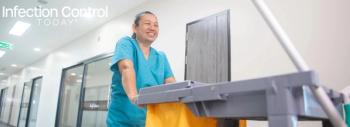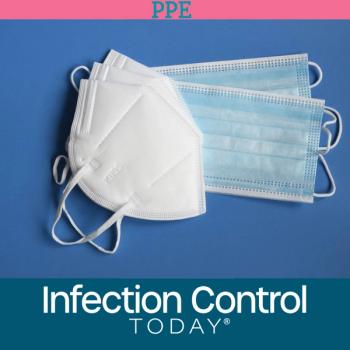
Fighting Antimicrobial Resistance With a New Weapon
AMR and surgical site infections are a consistent issue for surgeries, and often surgeons feel they have done everything they can to reduce the risk, and yet the event still occurs with an alarming frequency. Is there anything novel that can be done? ICT® tries to find out.
Surgical site infections (SSI) are a constant fight for infection preventionists (IPs), surgeons, and nurses. Infection Control Today® (ICT®) covers the topics frequently because, to overcome the issue, those medical personnel involved must have a multi-pronged attack. Prevention innovations are proposed continually in the fight against the antimicrobial resistance (AMR) that cause
Anthony Senagore, MD, a leading colorectal surgeon and senior medical director of
In previous positions, Senagore has served as Professor of Surgery at several prestigious academic medical centers, including University of Texas Medical Branch at Galveston, Central Michigan University College of Medicine, the University of Southern California, Keck School of Medicine, Cleveland Clinic Foundation, and Spectrum Health/Michigan State University.
“We focus on local delivery of drugs in the wound bed for extended periods of time. So that delivery addresses the current gap in surgical site infection,” Senagore told ICT®. “During a surgical procedure, no matter what you do, the wound is slowly contaminated during the conduct of the procedure. And that continues up to the time that the skin is closed. Almost everything that we do now for prophylaxis peaks prior to that point and diminishes over time rapidly. [Our company] focuses on a solution applied right at the point of the theoretical maximum contamination and continue to add for 30-day delivery.”
Other measures to prevent AMR and SSIs:
- Antimicrobials.
- Disinfectants.
Disposables and Single Patient Use .- Equipment Covers.
- Face Mask Dispensers.
- Glove Box Dispensers.
Hand Hygiene .- Isolation Stations.
- Clean skin, including using alcohol-based CHG skin wipes
- Sterile clothing and
Surgical Drape - Clean air/
ventilation UV lights Discussions, checking in with post-operative patients about infection prevention care. Chlorhexidine (CHG) showers - Preventive antibiotics
- Hair removal
- Skin preparation in the surgery
- Sterile dressings
Touchless electrostatic sprayer technologies Clean water Pre-surgery discussions and pamphlets with patients on surgical site infections
In a recent ICT®
Audrey Friedman, RN, CLNC,
In his interview with ICT®, Senagore continues the discussion on these measures Dexter and Friedman mention.
Newsletter
Stay prepared and protected with Infection Control Today's newsletter, delivering essential updates, best practices, and expert insights for infection preventionists.






